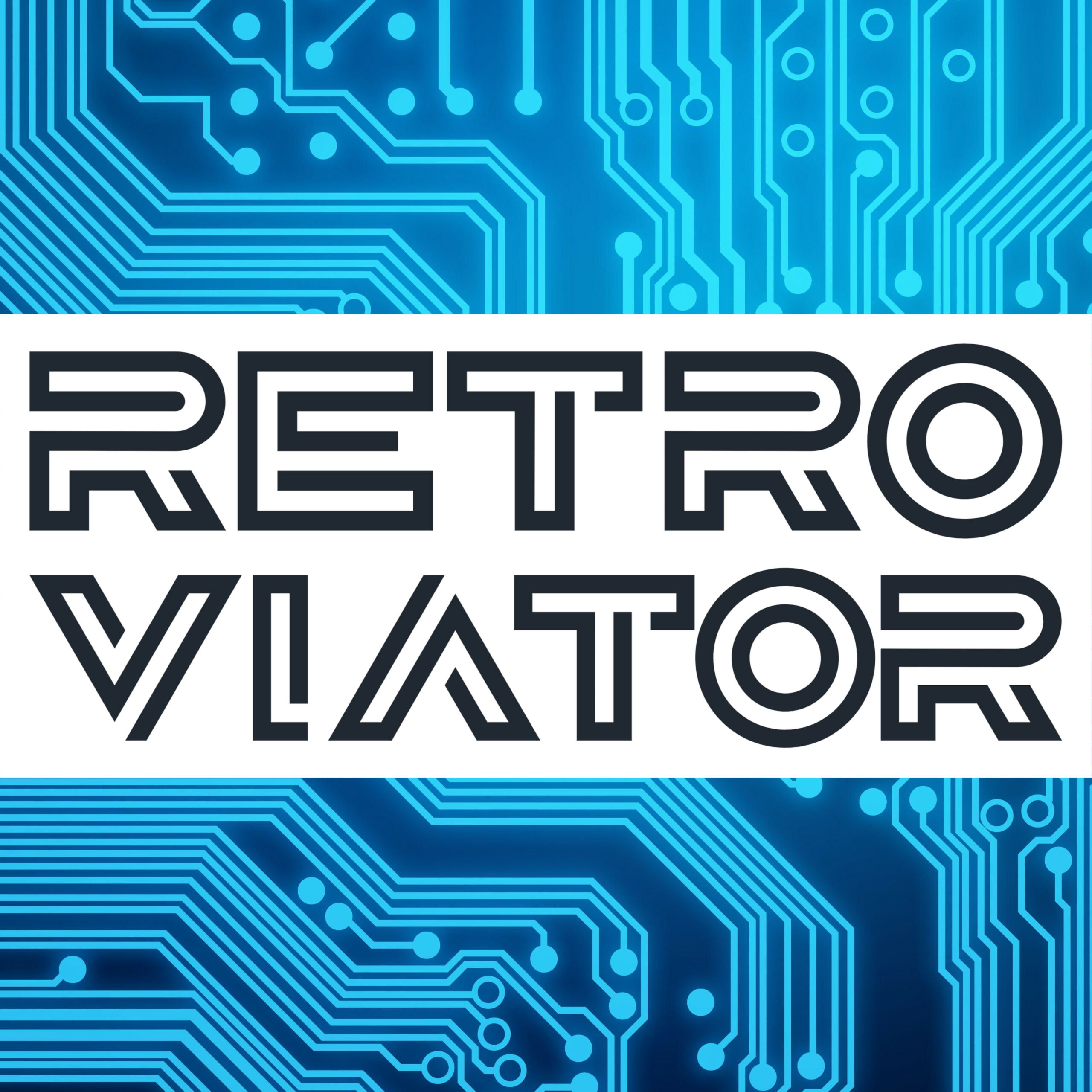The original Macintosh design is timeless, but by the end of the 1980s, Apple decided it was time to break the Mac out of its cute beige all-in-one enclosure and expand into a series of “snow white” cases with separate CRTs. The Macintosh II was bold for a Mac but conventional for its time. In 1987, the original Macintosh II delivered fast processing power, color graphics, and expandability in a big-box format. A few years later, Apple provided similar features in the smaller footprint IIcx, IIci, and then the IIsi. The IIsi is perhaps most notable for being intentionally hobbled. Slowed down with limited expansion, the IIsi was a modest utility player that filled a gap in Apple’s lineup. I…
2 CommentsClassic Computer Enthusiast










